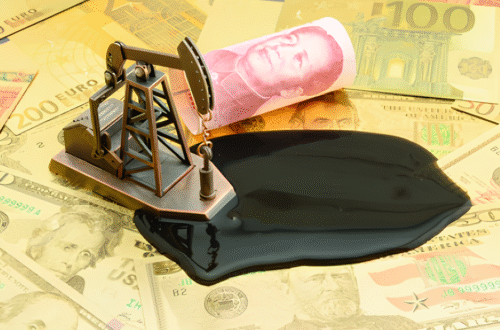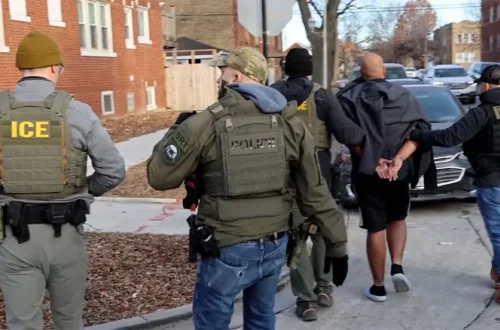
⚠️ COMING SOON: The Grid Threat Series ⚠️
What Happens When the Lights Go Out — And How You Can Survive It
Over the next several days, I’ll be publishing a special series of articles focused on one of the most critical and overlooked threats facing the United States: the collapse of our national power grid.
Most Americans take electricity for granted. We flip a switch, charge our phones, stock our refrigerators, and rarely think twice about where that power comes from — or what happens if it suddenly disappears.
But the truth is chilling: our power grid is dangerously fragile, and experts have long warned that a single cyberattack, EMP, physical sabotage, or even a major solar flare could plunge the nation into darkness. And when that happens, it’s not just about the lights going out — it’s about life as we know it ceasing to function.
This series will cover:
- 🔌 The hidden vulnerabilities in the U.S. power grid
- ⚠️ What a complete grid failure looks like within hours, days, and months
- 📉 Why up to 90% of the population could be at risk within a year
- 🧰 Real, practical steps you can take to prepare yourself and your family
- 🔦 How to build a basic emergency plan that could save lives
This is not about fear — it’s about awareness, preparation, and survival.
The government may not come. Help may not arrive. But you can take control now and improve your odds when disaster strikes.
Stay tuned, stay alert — and share this with someone who needs to wake up before it’s too late.
— Scott Randy Gerber
If the U.S. Power Grid Were to Collapse — How Many Would Die and How Soon?
Short answer:
In the event of a long-term, nationwide power grid failure, experts estimate that up to 90% of the U.S. population could die within a year — not directly from the power outage itself, but from the secondary effects that follow.
Timeline: How Quickly Would People Start Dying?
0–72 hours (3 days):
- Mass panic and confusion.
- Water pressure fails (no pumps = no clean water).
- Gas stations run dry (electric pumps stop working).
- Grocery stores empty due to panic buying and lack of restocking.
3–7 days:
- Perishable food spoils.
Refrigerators, freezers, and grocery store cold chains fail. - Hospitals begin to break down without reliable backup power.
- Crime spikes as police communications and dispatch falter.
1–4 weeks:
- Deaths begin from dehydration, food scarcity, and medication shortages.
- Diabetics, dialysis patients, and others dependent on electricity-driven treatments are at extreme risk.
- Law enforcement and emergency response systems collapse in many regions.
1–3 months:
- Mass outbreaks of disease due to poor sanitation and contaminated water.
- Cities become dangerous and unlivable; rural areas overwhelmed by refugees.
- People begin dying in large numbers from starvation, exposure, and violence.
6–12 months:
- Without power, modern agriculture fails: no irrigation, no distribution, no refrigeration.
- The U.S. population is highly dependent on supply chains. Without fuel, electricity, or transportation, food production and delivery collapse.
- Estimated death toll: 70–90% of the population, depending on the length and scale of the outage.
Why So High?
- America is an electrified, interdependent society.
Everything from our food and water to healthcare and communication relies on electricity. - Urban populations are especially vulnerable with no way to grow food or access clean water without modern infrastructure.
- Medically dependent people make up a significant portion of the population.
- Social order may collapse as desperation sets in.
Could This Actually Happen?
Yes — through:
- A coordinated cyberattack.
- An EMP (electromagnetic pulse) from a high-altitude nuclear detonation.
- A massive solar flare (like the Carrington Event of 1859).
- Physical sabotage of key transformers and substations (there are only a few hundred large transformers and most are not easily replaced).
Final Thought:
This isn’t sci-fi. It’s a vulnerability known to security experts, the Department of Homeland Security, and even Congress (see the EMP Commission Report and grid security hearings). But despite the warnings, our infrastructure remains largely unprotected.
This is a grim scenario — but awareness is step one.





